This review was a result of months of listening and experimenting. Turned out to be much more involved (and interesting). Feel free to skip around.
But first…a little bit about the man behind the masterpiece.
Paul Hynes – The Eloquent Words of a Purist
The holy grail for me has always been to create a convincing dimensional and dynamic illusion of a live performance where my reference is always live acoustical music from a single performer to a full concert orchestra – not other manufacturers equipment. Get this close to right and other music genres work well too. The only commercial equipment I have ever purchased has been front-end related. For example record decks, tonearms and cartridges, CD, DVD and Blu-ray players. Everything else I have always built myself, initially before 1980 from other people’s designs then from 1980 progressively more of my own designs.
Obsession is a good thing for those with enquiring minds.
I have to admit to an obsession with power supply design and this has been my specialty alongside ultra-low noise signal processing (initially vinyl related then digital). I have probably spent more time and money on R&D than most (obsession again searching for the holy grail) and the voltage regulator circuitry I use on my SR power supplies is the result of all this effort over the years. It is the circuitry that gives me the best performance in my system. I have provided little information on the net over the years, as some of the design aspects are commercially sensitive.
I first used a high performance regulated power supply in 1980, which was designed by Michael Sultzer (from Sultzer’s article in Audio Amateur 2/1980). Prior to this, I used various integrated circuit three terminal regulators within my audio projects. Michael’s discussion on the effects of regulated power supplies on sound quality was sensible and his audible findings correlated well with measured performance. He proved that the power supply impedance should be as low as possible and the bandwidth as wide as possible to minimize any power supply inter-modulation distortion.
So Paul, what are your design goals?
The target is to provide a vast energy source relative to the needs of the circuit to be powered. The electronic regulator simulates this vast energy source by attempting to correct any fluctuations in the power supply caused by varying load currents.
When power supply interference mixes with the signal, it masks low-level information and causes inter-modulation with the signal. This destroys the integrity of the music signal. For the highest performance from audio electronics, great care is required in the design of the power supplies to minimize power supply induced problems.
The ideal regulator would present zero impedance to the load at all frequencies. This implies that the regulator error amplifier should have a transient response with infinite slew rate and zero settling time. At present this is impossible, however, it is possible to improve on the usual regulators used in audio applications by a large margin.
So…why is the regulator so important?
A typical voltage regulator is a DC coupled AC amplifier with its input connected to a fixed reference. A feedback loop senses the regulator output and compares it to the reference. If the load current changes, there will be a corresponding voltage change at the regulator output due to finite regulator output impedance. The feedback loop will attempt to correct this change via the AC amplifier. The time taken for this correction is governed by the AC amplifier’s transient response and settling time.
Further considerations are the effects of RFI and digital clocking breakthrough on the power supplies. In these instances, we are talking multi-megahertz frequencies often with fast waveform rise-times. At these frequencies and speeds, normal regulators are no longer working and can, in fact, make matters worse as they attempt to correct such errors.
They can overshoot their settling target and wobble about at different frequencies (ringing) vainly trying to catch up with themselves. This overshoot and ringing permeate the current flow paths, modulating the noise floor, which then transfers into equipment signal paths, polluting low-level signal information in analog circuits and adding uncertainty to timing and reference voltages in digital circuitry.
What type of regulator would be optimal?
With this in mind, it should be apparent that we require a regulator that is considerably faster when handling audio signals than first thoughts would suggest. You cannot expect a regulator with a transient response and settling time of microseconds to track a signal waveform with a rise-time of say 100 nanoseconds. However, if a regulator can track these waveforms, dealing with audio waveforms should present no problems.
Most audio equipment manufacturers use industry standard regulator devices in their products because they are readily available, cheap and generally easy to apply. Some benefits are offered by these products, notably, reduced power supply ripple breakthrough from the rectifier/capacitor power sources. This allows a much smaller capacitor to be used, which in turn reduces component costs considerably, more than offsetting the cost of the regulator itself. Multiple regulator systems can be applied more easily and cheaply, and once again these regulators can be significantly cheaper than a high-quality decoupling capacitor of sensible size. As you can see the main benefit of using these devices is essentially one of cost reduction. Whilst this is a laudable aim, most enthusiasts will generally prefer to look for performance improvement before cost considerations (within reason, acknowledging the fact that few individuals on this planet have unlimited budgets).

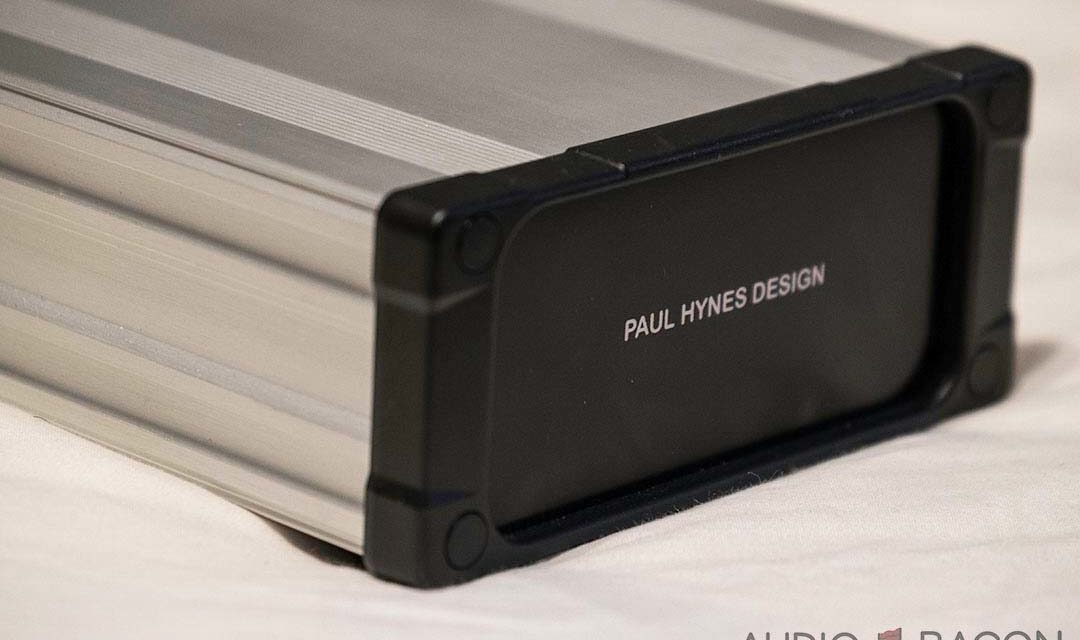

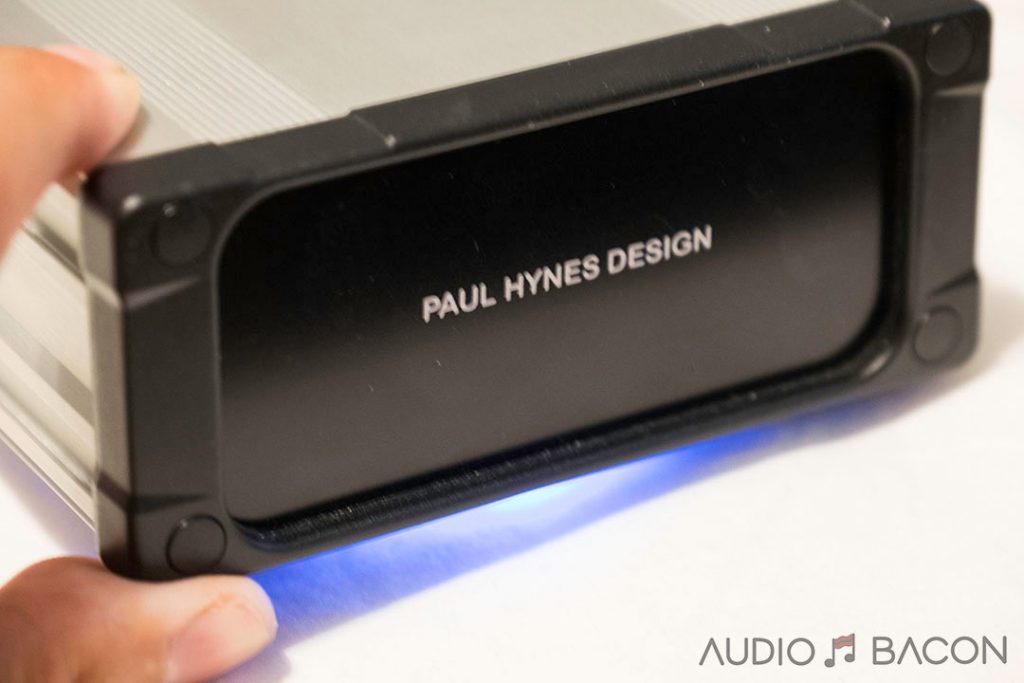
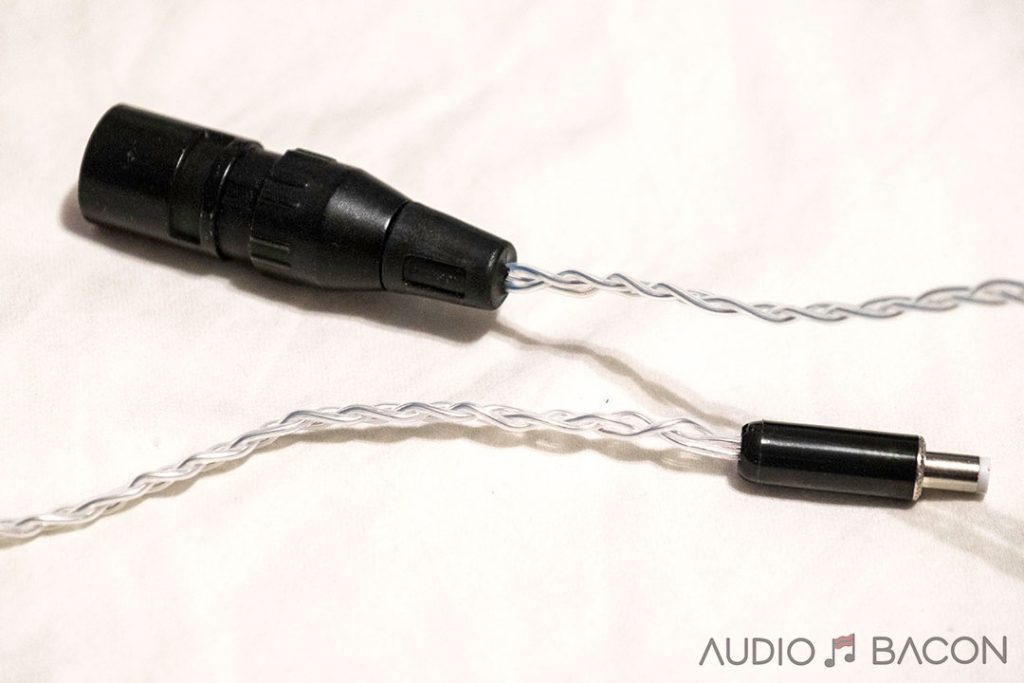


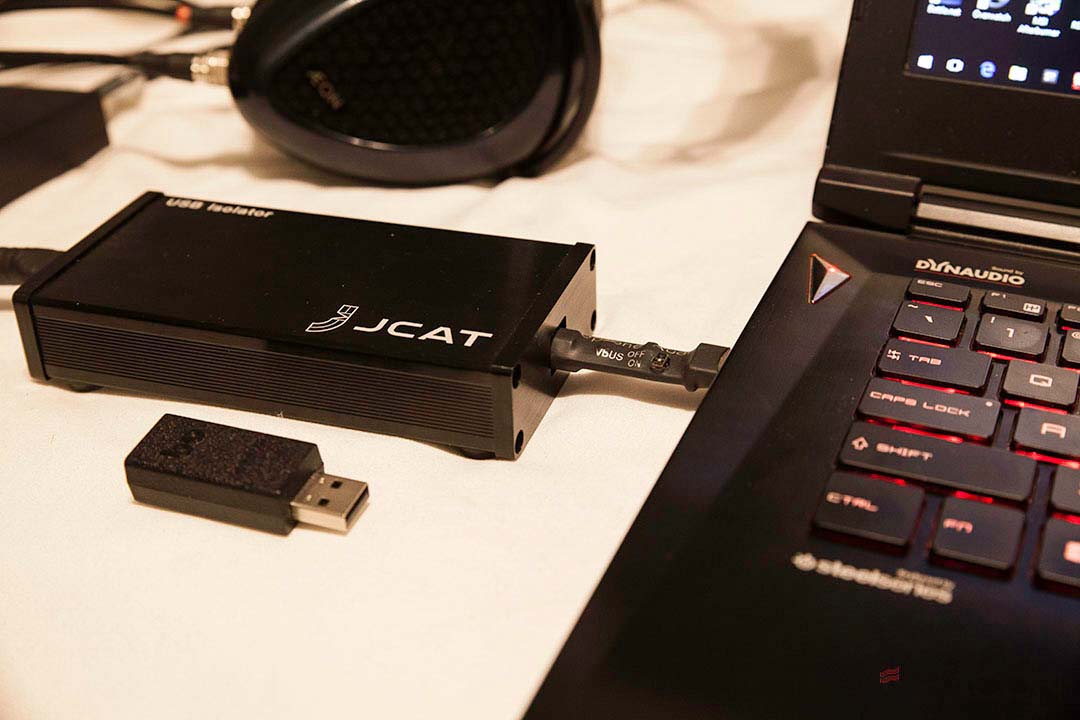
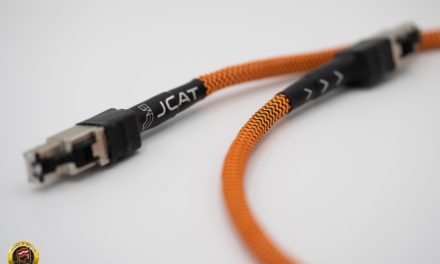
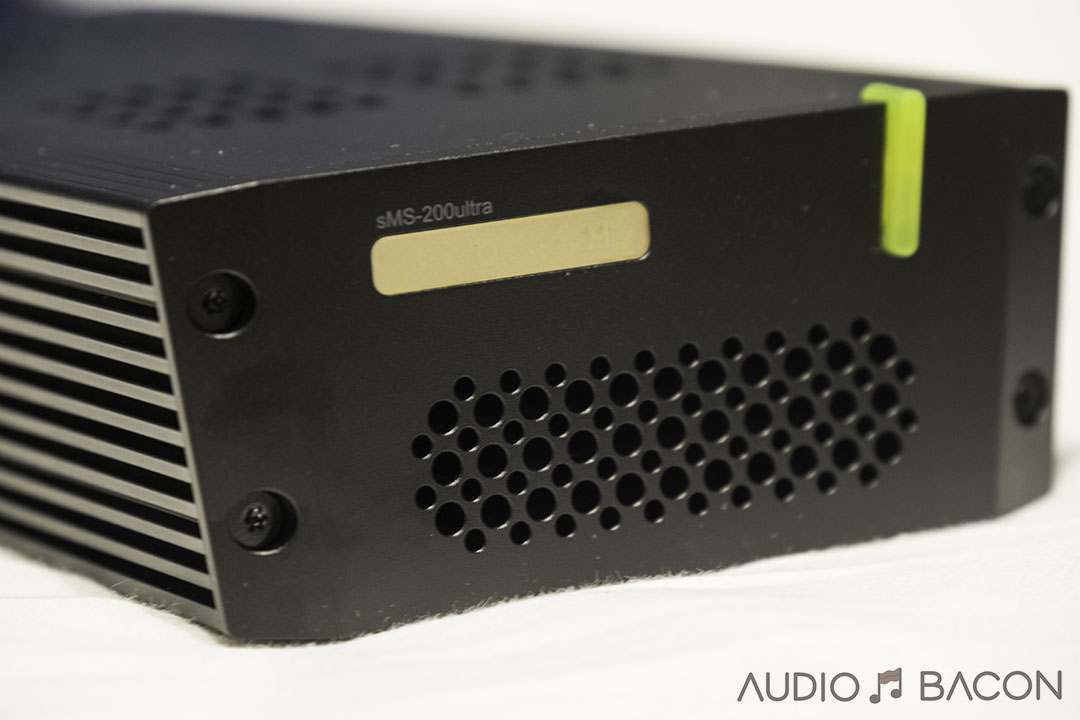
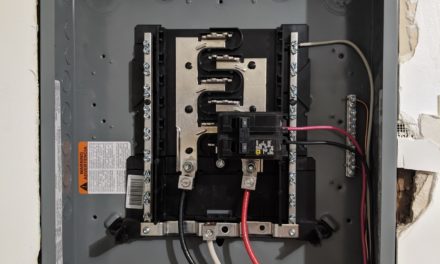

In my experience, my SR7 is indeed the finest PSU I have thus far experienced. I have auditioned, owned and still own other supplies from Teddy Pardo, Paul Pang, Kenneth Lau, SBooster, HDPlex, Teradak, Uptone Audio (JS2, LPS-1, LPS-1.2), and SOtM (sPS-500) and they are all fairly decent with the LPS-1.2 being a standout among this group for components that don’t draw more than 1A, however, in my opinion, the mighty SR7 is without peer. Good call on this one, Jay!
It is a very good review.
Nevertheless it suffers greatly from the absence of the biggest competitor, the Uptone Audio LPS1.2.
There are reports that the SR4 and the LPS1.2 are nearly on par.
I would suggest to compare both in a post sriptum to make this review complete.
Thanks
Matt, I own both PSUs, and use the LPS-1.2 to power the ISO Regen and the SR4 to power to tx-USBultra. For powering the ISO Regen, SR4 and LPS-1.2 are more or less on par (the SR4 sounding a bit brighter). For powering the tx-USBultra, SR4 sounds slightly better than LPS-1.2, imo. Both are great PSUs, worth their price. While I could live with the stock PSU of ISO Regen, the stock PSU of the tx-USBultra sounds terrible and is worth being replaced.
@Jay: Great review, thanks!!
Matt: The absence of both Uptone Audio LPS 1.2 *and* Vinnie Rossi MINI ultracapacitor power supplies.
From my understanding, the VR MINI has been discontinued since a year ago. I’ll get an LPS-1.2 in.
Hi Jay:
Alex from UpTone here. I think the world of Paul Hynes, I am happy to see that he is at last getting more production going of the terrific SR4, and I would not want to detract from your nice review of it.
That said, your readers are correct that the most contemporary comparison would be with our newer generation UltraCap LPS-1.2–now based on paralleled ultra-ultra-low-noise and ultra low output impedance LT3045 regulators, and now offering 5,7,9,12 volt user-selectable output setting.
I just saw your e-mail and we will get a unit down to you this coming week. We’ll likely swap it for one of the four(!) original LPS-1 units that you previously purchased from us.
Thanks and regards,
Alex Crespi
Hi Jay,
the right headline would have been
PAUL HYNES SR7 – THE WORLD’s BEST AUDIOPHILE POWER SUPPLY
Matt
according to this measure,
https://audiosciencereview.com/forum/index.php?threads/uptone-lps-1-linear-power-supply-review-and-measurements.1849/
the Uptone lps1 does not eliminate AC mains leakage. Since there is not measures in uptone page, I guess lps1.2 suffers from the same issue.
Actually, both the UltraCap LPS-1 and LPS-1.2 completely block the path of normal low-impedance AC mains leakage. Always have.
But we later discovered (and yes Amir measured) that because the original Mean Well SMPS we were supplying with the LPS-1 did not connect AC ground to DC -ve output (“ground”), some high-impedance leakage could get through (because of a few dozen pF total capacitance of the transistors we use to alternate ultracapacitor banks instead of noisy mechanical relays).
We discussed all this and published measurements about it here:
https://www.computeraudiophile.com/forums/topic/37034-smps-and-grounding/?do=findComment&comment=734822
The solution is extremely simple: Just ground-shunt the “energizing”/charging supply to prevent high-impedance leakage from ever entering our DC>DC UltraCap unit. Many have done this as an easy DIY. And the LT3045-based LPS-1.2 comes with a new UpTone-branded 36W SMPS which is designed with an internal ground-shunt. So no AC leakage of any kind comes from the output. We also offer this new charger separately for $15 for those original LPS-1 owners who would like to address this minor issue but don’t want to run an external ground wire:
https://uptoneaudio.com/products/uptone-branded-7-5v-4-8a-36w-smps-with-internal-ground-shunt
My sincere apologies to Paul Hynes for this off-topic post. But I feel it is important to correct mis-information.
Thanks,
Alex at UpTone Audio LLC
Says who? You really believe you can make that claim by comparing Hynes PS with two other mediocre supplies? You seem to be just another dishonest and clueless audio reviewer. Get real.
Yeah – I do. Stop being a hater. It’s not good for your health.
Hello
How sound the DC cable ZenWave 6N copper vs the Paul HYNES fine silver ?
I prefer copper. If you prioritize transparency and detail – go silver. Paul Hyne’s silver is probably the smoothest I’ve ever heard. If you listen to mostly vocals or music that benefits from a more warm, golden sound – go Zenwave 7N copper.
The SOtM is far more revealing. But the TLS is warmer and is more tonally satisfying. I typically would opt for the warmer sound but the SOtM is able to unravel so much of the music, especially in regards to transient reproduction – it’s hard to pass up. For lack of a better word, the SOtM (with clock, evo caps, and 7N upgrade) just sounds more real.
thanks 🙂
Thanks Jay for all the great reviews….your input has enhanced my system greatly….I have been playing with TLS switch with Paul Hynes SR-4 LPS, trying to find a power cord that worked well in my rig. I took your suggestion with the Vovox Textura pc for my REL subwoofers however in my rig, with the SR-4 / TLS combo just didn’t work well (I am running it off my PowerCell 12 SE ). I tried a bunch of different SR power cables, an Audience and even an older VooDoo I had on hand and non played well. I happened to have an older and very cheap AudioQuest NRG-2 on hand….this was from an era where these were not well thought of and wouldn’t you know it! It is awesome in this spot…all the detail and dynamics with wonderful tone and lots of body and weight….incredible! Another audio “what the Hell”! Worth a try if you can pick one up!
I’ll have to hear it!
Unbelievable,another lazy review,lets use a car analogy what would you think of a review of a car with no pictures of the inside thats right DUMB! Sorry to be so rude but it really infuriates me ,what are you actually listening too the case or whats inside! beggars belief,takes a couple of minutes to take a photo and a potenial customer needs to know how its constructed especially with smaller companies am not saying that applies here but unfortunately we will never know, havin worked on a lot of audiofile equipment i have seen some shocking sights inside some power supplies untidy wiring to poor soldering etc please bear this in mind when you next do a review
Do you think the quality of the power chord to the PH LPS makes much difference or are they so resolute they make little/no change?
I’m not sure about the newer SR4s, but this one is impacted by the power cord.
Has there been any follow up to this review? I’m reading good things about the Sbooster 5v which is £330 so slightly cheaper than the SR4S-05, actually you can get them for about £300 if you search.
Hi there, Jannis here (mastering engineer). I have the SR5 (one of the last ones Paul built) with every module you could get (Turbo, DC, best silver cable and black chassis). I even modified it with Kimber select cable. Thinking about selling it (because the converter that I bought it for is not used anymore). Since it is not being build no more I thought I’d share it here.
Hit me up if you’re interested. I am in Berlin, Germany. mail@mahlgradmastering@gmail.com
Cheers Jannis
Hello
We can build PH linear PSU.
Please contact